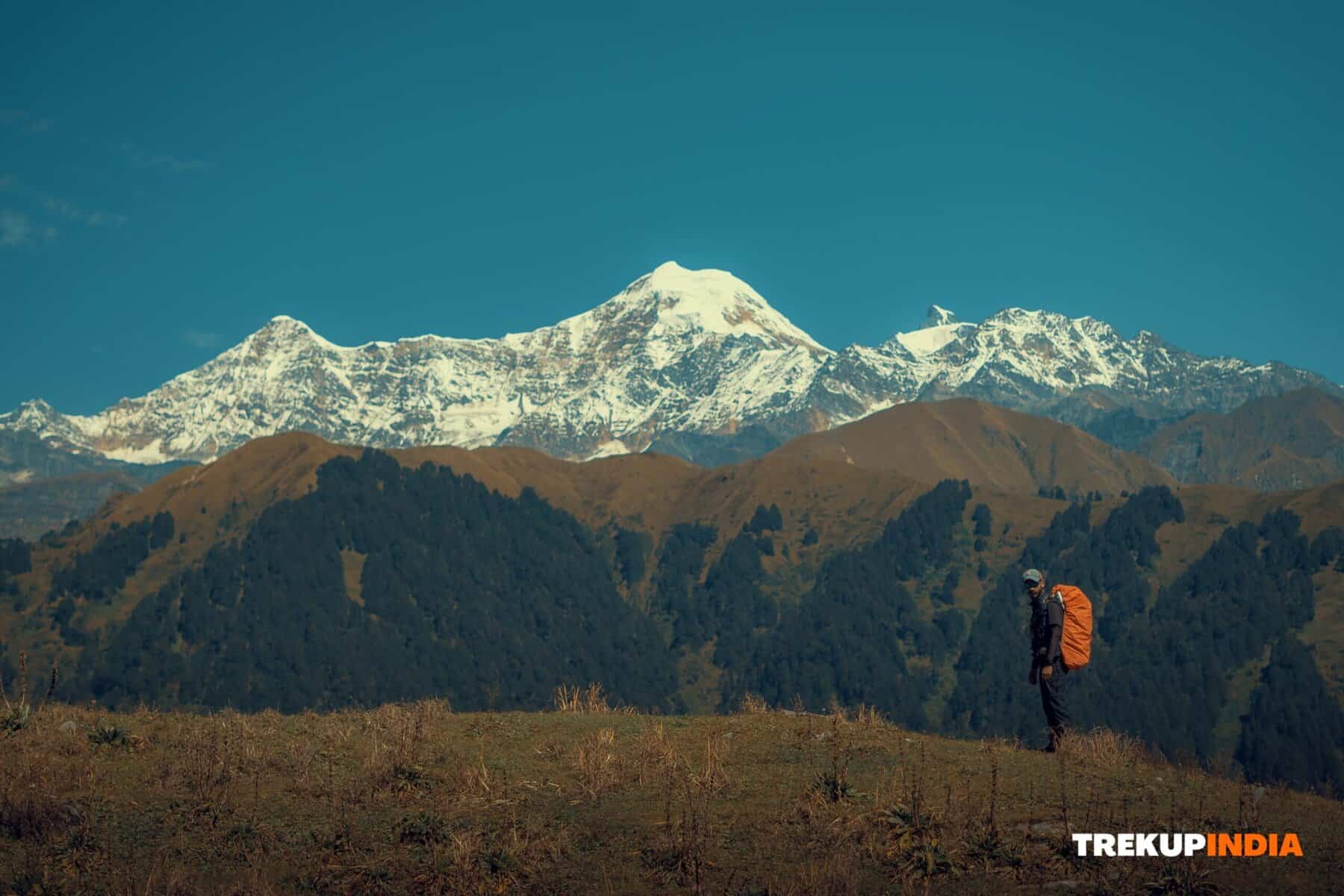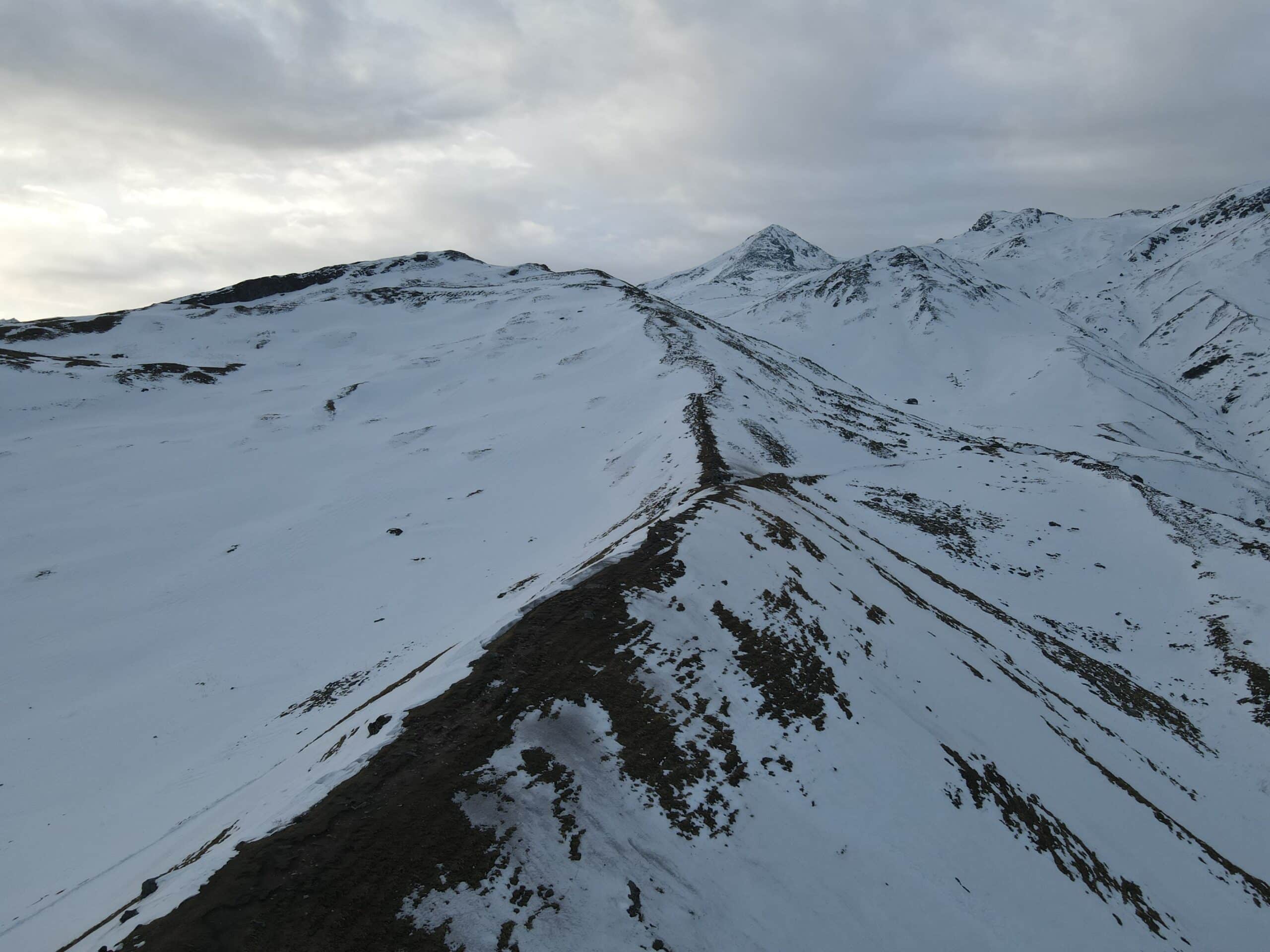The Markandeya Fort Trek
The Markandeya Fort Trek
The Markandeya Fort trek, 52 kilometers from Nashik, is a lesser-known yet fulfilling experience in the area. Fewer groups and a comparable problem degree make it an attractive option for the prominent Kalsubai trek. Standing at 4,384 ft, the fort supplies fantastic sights of surrounding peaks and forts. According to the tale, the Hindu sage Markandeya stayed on the fort and secured Brahmins from Bhimasur and other satanic forces. A holy place committed to Markandeya can be discovered.
Best Time for Markandeya Fort Trek
The ideal time to start the Markandeya Fort Trek is from August to February, supplying impressive sights from the first plateau and the fort. This duration witnesses the growing of wildflowers on the plateau and near the holy place, contributing to the charm of the landscape. The summer season can be unbearably warm, making trekking to the fort difficult. In addition, the rough tracks become unsafe throughout the downpour period, making the trek harmful. Therefore, the most effective strategy is to prevent intending the trek throughout the optimal downpour period.
Challenging sections Of Markandeya Fort Trek
The Markandeya Fort Trek, beginning with Mulane village, is a challenging trek that needs excellent endurance. Although some problematic components exist, precautions such as barriers and ladders remain in the area. Nevertheless, there are a couple of points to be conscious of:
- The course from the plateau to the fort consists of big, unsteady rocks. It is critical to be mindful while trekking.
- The last climb to the fort includes rock-cut actions inclined at a high angle of 65 to 70 levels. Preserving a risk-free range from fellow travelers is essential to avoid mishaps.
- The trail from Saptashrungi gad is incredibly required, with high areas and unsafe courses throughout the trek. Just seasoned travelers must try this route.
Markandeya Fort Trek Itineray
Start a fantastic trip to Markandeya Fort, where two courses await your arrival. The favored course starts in Mulane Village, covering 3.5 kilometers and taking about 2 hours to finish. For the much more skilled traveler, the alternative route from the valley between Markandeya Fort and Saptashrungi gad, referred to as Mulane Valley, provides a difficult journey. This route extends over 5 kilometers and takes approximately three and a half hours to finish one method.
As you trek, delight in a steady climb up until you get to the initial place of the Plateau. While the trail is decorated with loosened rocks, security barriers remain for your security. The last stretch to the Plateau calls for much more initiative; however, an iron ladder reduces the climb. As soon as you reach the base, a brief climb causes an enormous plateau, covering 2 kilometers. The incredible sight from this viewpoint deserves the initiative. Absorb the sensational landscapes, consisting of Ravlya-Javlya and Dhodap. You’ll likewise have a bird’s eyesight of the course you must take.
The Plateau functions as the best remainder factor, where you can check out the many ashrams, icons, antiques, and volcanic rocks unsprung as the background; this plateau uses an extraordinary experience. So, prepare to accept the experience that awaits you at Markandeya Fort Trek!
After checking out the Plateau, climb toward the optimal, adhering to a trail with a high slope. The good news is the course is geared up with barriers, making it much easier to climb up. The trail stays the same for 600 meters, leading you via an abyss with rock-cut actions and loosened rocks. At the end of these actions, you’ll discover a stone-cut water storage tank called “Kamandalu birth,” loaded with water throughout the year.
You’ll also come across three more water storage tanks one by one, in addition to a dried-up container. There are additionally two below-ground storage space centers close by. To the left of the course, you’ll discover two caves called “Dhyaan Guha” (which implies reflection caverns).
As you proceed upwards, you’ll observe the residues of strongholds and citadel wall surfaces. Adhere to the course until you arrive, where you’ll discover a tableland and a ridge. A tiny fish pond called Kotithirth, where Hindu explorers swim on Somvati Amavasya. Although some frameworks are on the fort, they are currently damaged.
From the top, you can see several neighboring citadels: Ravalya-Javalya Fort, Saptashrungi stronghold, Dhodap Fort, Chota Bandya and Mota Bandya, and Kanchana-Manchana. If the climate is clear, you can also find the Indrai citadel. The fort is home to a holy place devoted to Lord Markandeshwar, including an idolizer of Sage Markandeya and a Shivling.
Highlights Of Markandeya Fort Trek
As you rise from the base village, you’ll be compensated with fantastic sights of the bordering landscape—the ample plateau supplies mind-blowing panoramas, old rock symbols, and water resources bordered by looming hills. Iron barriers remain in a location to help you via any difficult climb areas. In the process, you’ll find exciting antiques and unspoiled volcanic rocks. The trek tackles a spiritual top quality, with a tranquil plateau that welcomes consideration. You might also come across several ashrams, home to resident Sadhus. The fort radiates a tranquility that’s tough to discover elsewhere in Maharashtra.
How to reach Markandeya Fort Trek
To start the Markandeya Fort Trek, you have two route choices: Mulane Village or Saptashrungi Gad. Both beginning factors can be using public transport or your automobile.
If you choose to drive to the Mulane Village beginning factor, you can utilize the complying with Google Maps web link for navigating. The range from Mumbai to Mulane Village is about 221 kilometers.
From Mumbai, take NH160 toward Nashik and transform left at Amrutdham Chowk. After 3 kilometers, transform best onto the Satpur Nashik roadway and proceed for an additional 32 kilometers. When you reach the Vani primary bus stand, transform best onto the Vani-Kalwan web link roadway. Drive for 9 kilometers, and you’ll locate the beginning factor of the trek on your left, where you can park your car and start your experience.
If you prepare to get to the Markandeya Fort trek through Saptashrungi Gad individually, you can utilize this web link to establish navigation in Google Maps. Take a regional train from Mumbai to Nashik roadway to get to the beginning factor utilizing public transportation. Afterward, board a bus heading toward Kalwan village from Nashik and acquire a ticket to Mulane village. Notify the conductor to quit at the entryway of the Markandeya fort trek. The whole trip usually takes around 5 hours. If you prefer to avoid taking a bus from Nashik, additional jeeps and taxis are offered that go toward Kalwan village. However, they will certainly bill you around Rs 600 per jeep. You can take the bus where you first arrived at Mulane for the return choice. After finishing the trek, you can return to Mulane and capture a bus back to Mumbai. If you require an area to remain, there is a shed near the beginning factor at Mulane where you can relax for some time.
Furthermore, there are many Ashrams on the plateau where you can invest the evening. The plateau additionally provides a favorable area for outdoor camping. The local train terminal is Nashik Roadway train terminal, and the closest global and residential airport terminal is Surat International Airport, 206 kilometers away, and Chhatrapati Shivaji International Airport in Mumbai, 216 kilometers away.
Places to visit after the Markandeya Fort Trek
After finishing the Markandeya Fort Trek, several other forts in the location deserve checking out. Dhodap Fort, the 3rd most excellent hill height in Maharashtra, includes a distinct mix of clothed rock and brickwork on top. Ravlya and Javlya, Rola-Jola, are twin forts on a solitary hill plateau developed to ignore the trade route from Khandesh to Nashik. Saptashrungi gad is a website of Hindu Pilgrimage that provides spectacular sights and is likewise called “Three and fifty percent Shakthi Peethas.” Last but not least, Kanhergad was a fort ruled by the Marathas and Mughals before being taken control of by the British. It includes a tiny top with a rock-cut stronghold and caverns.
Things To Carry For Markandeya Fort Trek
When preparing your journey, do not fail to remember to load fundamentals like a standard emergency treatment set, identification card, cap/scarf/bandana and sunglasses, water, lemon and salt or electrolyte powder/drink, high-calorie treats, safety pins, elastic band, and a whistle. Furthermore, quick-dry tees and coats are advised throughout gales, while sunblock with SPF 50+ and optional trekking posts are also recommended.
- The emergency treatment set must consist of products such as scissors, band-aids, analgesic spray, antibacterial fluid, disinfectant powder, cotton roll and plaster, crepe plaster, 1-inch vast clinical tape, micropore tape, tablet computers for nausea and level of acidity.
Want To Trek Like Pro?
Check out the following videos if you want to trek like a pro trekker and improve your skills. These videos contain helpful tips, tricks, and techniques to help you trek like a pro. Whether you’re a beginner or an experienced trekker, these videos can provide valuable insights to enhance your trekking experience. So, watch the videos below by Trekup India experts to take your trekking skills to the next level.







Know Everything About Acute Mountain Sickness
Acute Mountain Sickness is a medical condition that can occur when individuals travel to high altitudes, typically above 8,000 feet. It is caused by the decrease in air pressure and oxygen levels in the air as altitude increases. Symptoms of Acute Mountain Sickness may include headache, nausea, vomiting, dizziness, and difficulty sleeping. To avoid Acute Mountain Sickness, it is important to gradually adjust to high altitudes and seek medical attention if symptoms worsen. To learn more about this condition, check out the videos by Trekup India.









